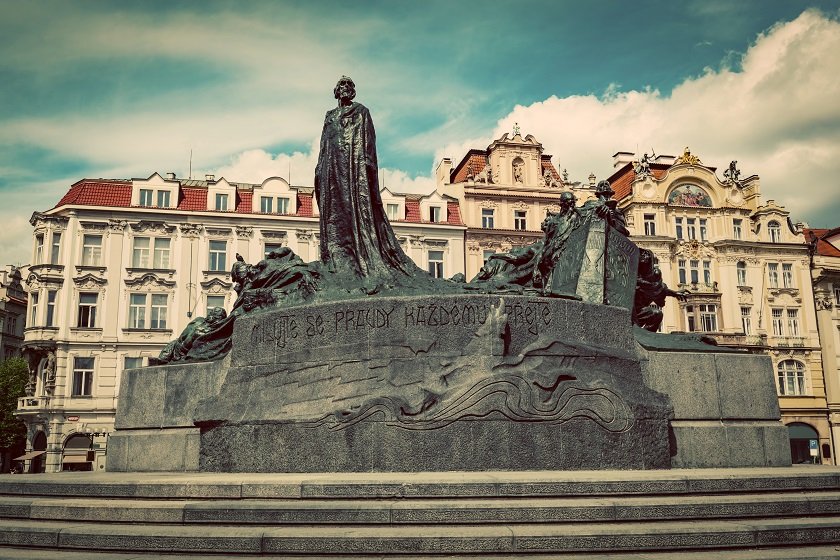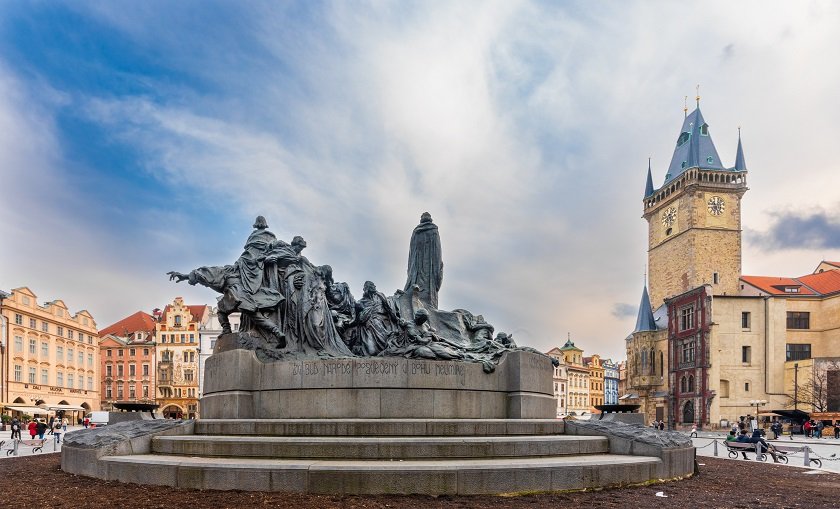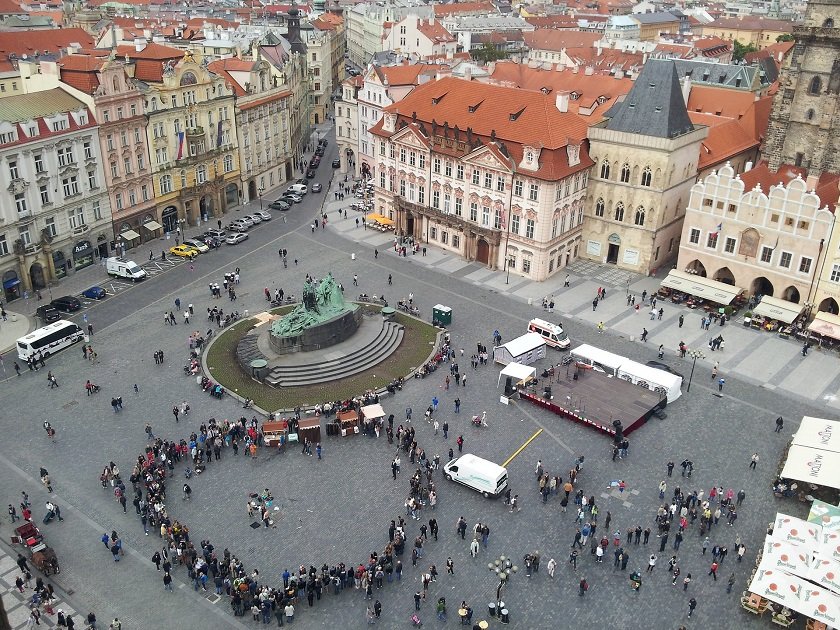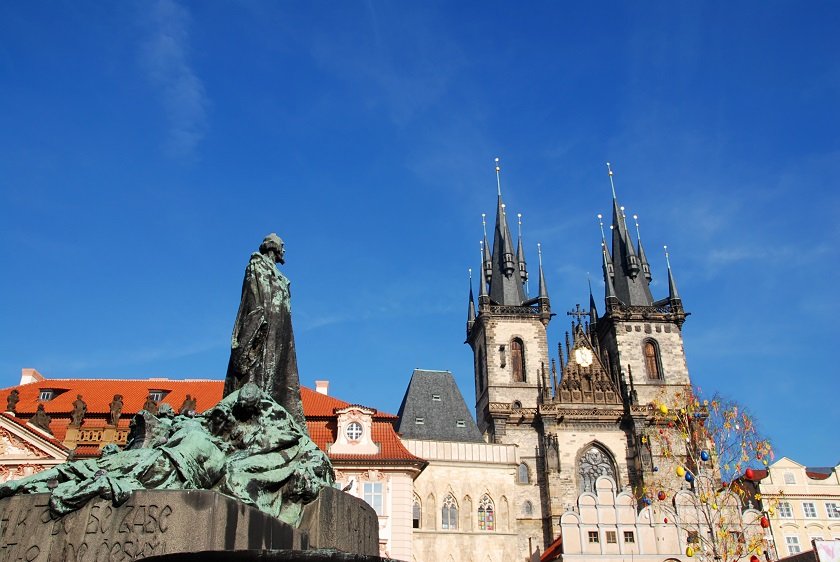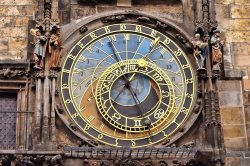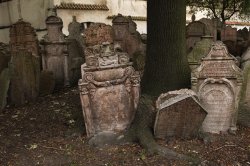Jan Hus Memorial
The Art Nouveau bronze statue of Jan Hus stands in the middle of the Old Town Square, which is considered the oldest and most beautiful square in Prague. The memorial was designed by sculptor Ladislav Šaloun in contrast to the Marian Column once standing opposite to it (it was pulled down after 1918). The memorial is dominated by a standing statue of Jan Hus, a religious reformer, who is surrounded by a group of his followers (the Hussites) and enemies in the form of the post-White-Mountain emigrants. The memorial is mounted on a massive granite base and was completed after 12 years with money from a public collection. The Czech-Austrian offices and the Catholic Church were against the creation of the Jan Hus Memorial, so eventually it was unveiled unofficially on the occasion of the 500th anniversary of Jan Hus martyrdom.
Useful information for visitors
Public transport connections
Náměstí Republiky bus stop, tram stop, metro station (yellow line)
Můstek metro station (green, yellow line)
Opening hours and admission
The memorial is open to the public free of charge.
Interesting facts about Jan Hus Memorial
Jan Hus, a Roman Catholic priest and a theologian, was one of the first Church reformers and his teaching later became the basis of the Czech Protestant Reformation – the Hussite movement. In his religious works, he criticized the moral decline of the medieval Catholic Church, indulgences and the Crusades. His preaching put him into conflict with the Catholic Church, as well as the fact that he criticized the Pope’s right to be at the head of the Church. Jan Hus claimed that if the Pope’s orders are in conflict with the Bible, they may not be valid. He also preached at the Bethlehem Chapel and later was appointed as Dean of the Faculty of Philosophy and served as Rector of the University of Prague from 1409 to 1410. A year later, he was proclaimed a heretic by the Catholic Church and was put into the hands of secular authorities. In 1415, Jan Hus was burned at stake at the Council of Constance, because he refused to recant his teachings and publicly apologize for it.
